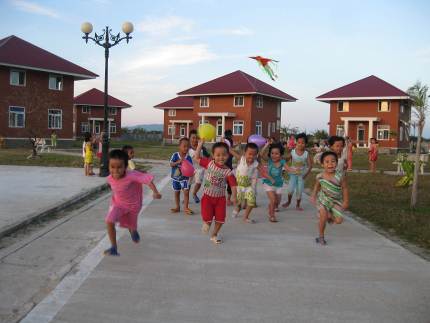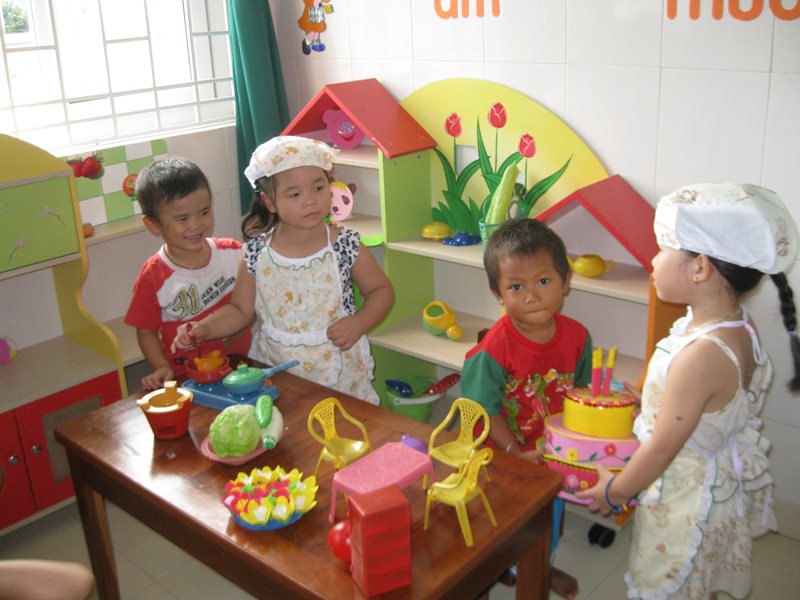Struggling to make a living in adverse conditions
.jpg?width=800)
Quy Nhon is the capital city of the coastal province of Binh Dinh in central Vietnam. The city is home to an estimated 284,000 people, and an increasing number of people are moving to the city.
Traditionally the area has lived off agriculture, fishing and aquafarming, however in the recent past services, especially those linked to tourism, and manufacturing, especially of furniture, have played an increasing role.
Many people, particularly those living off agriculture and fishing or those in precarious jobs in urban areas, continue to struggle to meet their basic needs. The remote mountain areas of the province are populated by ethnic minorities, whose children often face difficult living conditions; the infant mortality rate is higher than amongst other groups and their health is worse. Various government schemes have been implemented which aim to improve their standard of living and to protect and develop the ethnic minority culture.
However, there are also many vulnerable children in the low-lying parts of the province. People trying to make a living here often see their efforts destroyed by natural disasters such as typhoons and floods. People with limited income and resources are often most affected by these natural disasters and it is hard for them to recover in the aftermath. Female-headed households find themselves in particularly problematic situations as, in general terms, women find it harder to get jobs than men, especially if they have children and cannot access or afford childcare.
Those people who chose to migrate in order to improve their living standards often have difficulty registering with the authorities in their new home. And without this registration it is practically impossible for them to access basic services such as electricity. Access to education and health care is also difficult, and very often simply unaffordable. These harsh conditions have meant that many children have lost parental care and many more are at risk of losing it. It is estimated that around 5,000 children a year lose the care of their parents.
Providing loving homes to children who have lost parental care
What we do in Quy Nhon

If children can no longer live with their families they can find a loving home with one of the SOS mothers and their brothers and sisters. There are 14 SOS families who can care for up to 140 children in Quy Nhon. Every child has a "Child Development Plan" which is prepared in consultation with the child and the SOS mother.
The children attend the local schools alongside children from the neighbourhood: this way they make friends and become part of the community. After school the children can participate in a number of cultural, artistic and sports activities.
Young children from the SOS Children's Village and from local families can attend the SOS Kindergarten. Qualified staff at the kindergarten can look after up to 190 children. The provision of day-care is particularly valued by those parents who go to work – they know their children are being cared for by professionals.